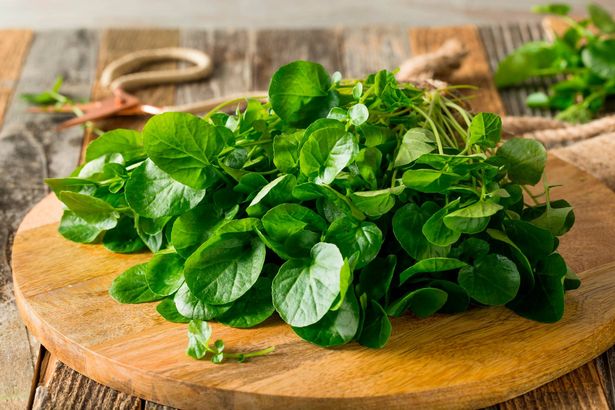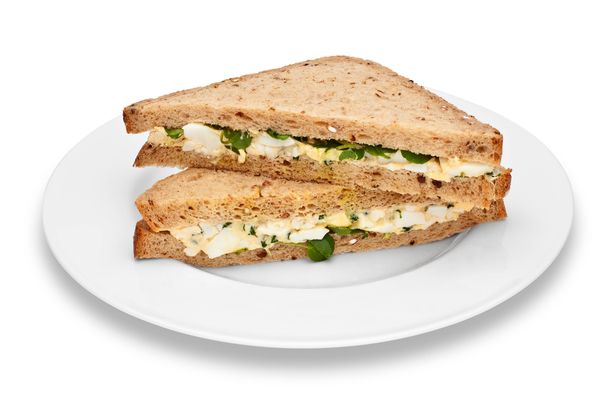It’s not the one you might expect but you can find it in any supermarket
Steffan Rhys Deputy Content Hub Director
14:08, 14 Nov 2025Updated 14:08, 14 Nov 2025
 The ‘healthiest vegetable on Earth’ scientists say is packed with nutrients(Image: istetiana via Getty Images)
The ‘healthiest vegetable on Earth’ scientists say is packed with nutrients(Image: istetiana via Getty Images)
If you’re looking to eat smarter and healthier and get more nutrients for your calories, this will help. Scientists have ranked the world’s “powerhouse fruits and vegetables” — with one vegetable scoring 100 out of 100.
It’s common for people looking to eat well to stock up on fruits and vegetables like avocado, spinach and kale, which have well-established reputations for being among the healthiest things you can eat. But this vegetable outranks them all — and it’s available in all supermarkets.
The humble watercress has earned this status due to its concentration of vitamins and minerals. The US government’s Centre for Diseases and Control calculated the nutrient density of fruits and vegetables based on the amount of 17 different nutrients they contained, then ranked them. The nutrients included potassium, fibre, protein, calcium, iron, thiamin, riboflavin, niacin, folate, zinc, and several vitamins.
Watercress was the only fruit or vegetable to achieve a flawless score of 100. Second with 92 was Chinese cabbage, while chard was third with 89. Jennifer Di Noia, an associate professor of sociology at William Paterson University in Wayne, New Jersey, said: “Higher-ranking foods provide more nutrients per calories.”
 Watercress was the only fruit or vegetable to achieve a flawless score of 100(Image: Getty Images/iStockphoto)
Watercress was the only fruit or vegetable to achieve a flawless score of 100(Image: Getty Images/iStockphoto) Watercress has high concentration of nutrients — great news for fans of egg and watercress sandwiches
Watercress has high concentration of nutrients — great news for fans of egg and watercress sandwiches
Leaf lettuce (70), parsley (66), romaine lettuce (63) and collard green (62) rounded off the top ten. The highest-scoring fruits were red pepper (41), pumpkin (33), tomato (20), lemon (19), and strawberry (18). Sweet potato ranked lowest amongst vegetables with a score of 10.51, whilst grapefruit came bottom of the fruit category at 10.47.
Dr Di Noia highlighted the importance of these findings, explaining: “Powerhouse fruits and vegetables are strongly associated with reduced chronic disease risk. This includes cardiovascular and neurodegenerative diseases and some cancers.
“The scores may help focus consumers on their daily energy needs, and how best to get the most nutrients from their foods. The rankings provide clarity on the nutrient quality of the different foods and may aid in the selection of more nutrient-dense items within the powerhouse group.”
So when you’re next browsing the supermarket aisles, perhaps that egg and cress sarnie might be your wisest choice.
Why is watercress good for you?
Watercress is part of the Brassicaceae family of vegetables, which also includes kale, Brussels sprouts and cabbage. It is low in calories but packed with nutrients, especially vitamin K, which is necessary for blood clotting and healthy bones. It also has a high antioxidant content which can help lower your risk of chronic disease by protecting against cell damage caused by free radicals, which are harmful molecules that lead to oxidative stress.
The 10 most nutrient-dense vegetablesWatercress 100/100Chinese cabbage 91.99Chard 89.27Beet green 87.08Spinach 86.43Chicory 73.36Leaf lettuce 70.73Parsley 65.59Romaine lettuce 63.48Collard green 62.49

